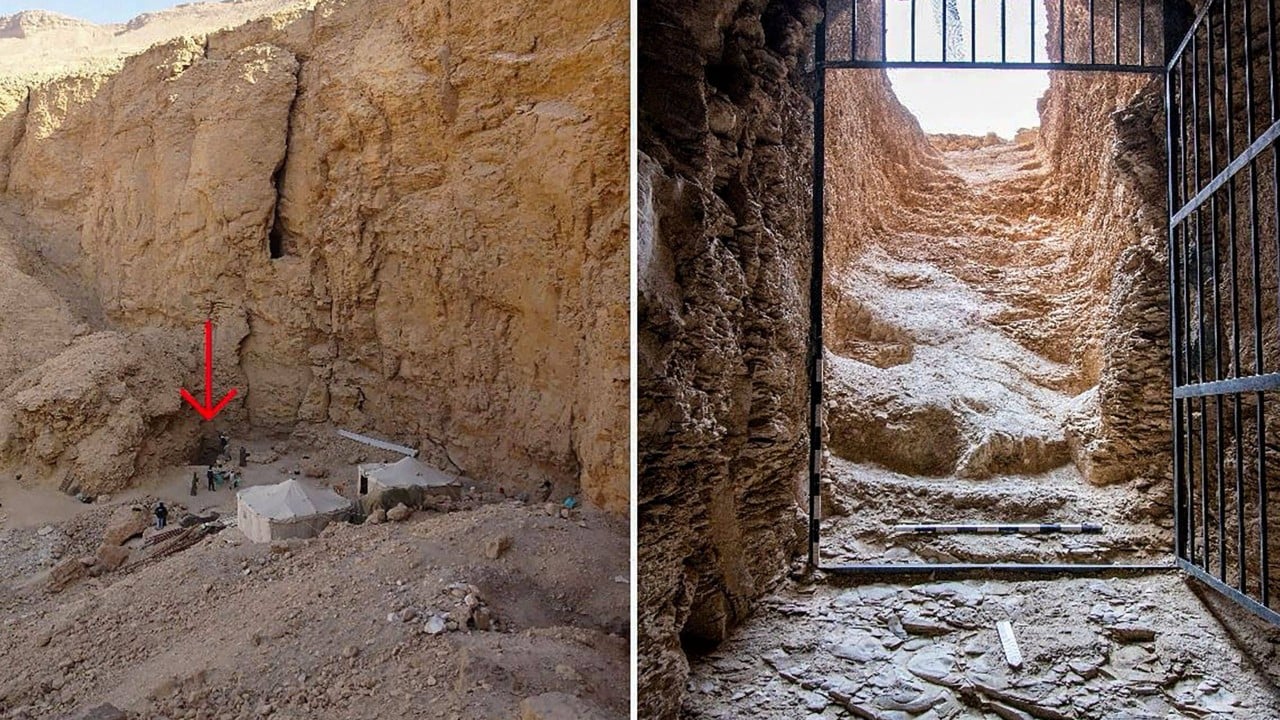Published: 10:36am, 20 Feb 2025Updated: 10:46am, 20 Feb 2025
A joint Egyptian-British mission has identified an ancient tomb near Luxor as that of King Thutmose II, marking the first discovery of a pharaonic royal tomb in more than 100 years, Egypt’s Ministry of Tourism and Antiquities said on Tuesday.
Advertisement
Located west of the Valley of the Kings, Thutmose II’s tomb was the last lost tomb of the kings of Egypt’s 18th dynasty, and the first royal tomb discovered since King Tutankhamun’s in 1922, the ministry said.
Archaeologists were able to identify the tomb due to alabaster vessels found on site and inscribed with the name of King Thutmose II and his wife Queen Hatshepsut, one of a small handful of women to have ruled Egypt.
Her giant mortuary temple stands on the west bank of the Nile at Luxor a few kilometres from where the tomb of Thutmose II was found.

Although preliminary studies suggest its contents were moved in ancient times – leaving the tomb without the iconic mummy or gilded splendour of the Tutankhamen find – the antiquities ministry on Tuesday called the discovery “one of the most significant archaeological breakthroughs in recent years”.
Advertisement
The tomb’s entrance was first located in 2022 in the Luxor mountains west of the Valley of the Kings, but was believed at the time to lead to the tomb of a royal wife.

